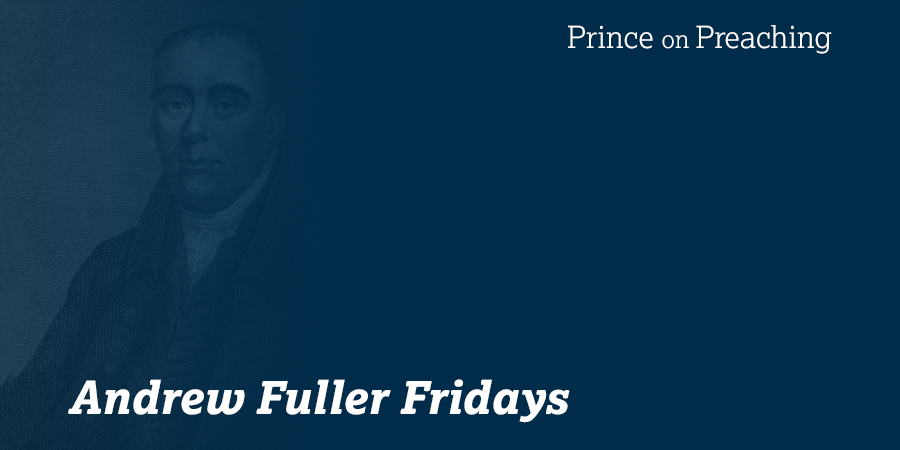Walker, Andrew T. Walker. God and the Transgender Debate: What Does the Bible Actually Say About Gender Identity?. The Good Book Company, 2017. 174 pp.
Introduction
It finally happened. A boy attending our church’s Vacation Bible School asked to be called Elizabeth. The transgender issues reported on in the media, issues that can easily come across as irrelevant for “conservative” Central Kentucky, all of a sudden became as real as the air we breathe. Do we call him Elizabeth or not? Which pronoun should we use? What about restroom use? Ultimately, how do we respond to this issue as a church of the Lord Jesus Christ? In a culturally chaotic world on issues of gender and sexuality, what does the gospel compel us to believe, think, say, and do when confronted with transgenderism? In God and the Transgender Debate, Andrew Walker helps Christians, and non-Christians alike, understand what the Bible says about gender identity.
Summary
God and the Transgender Debate “is a book for busy, thoughtful people who want to consider what the Bible says about transgenderism, how that applies to situations they’ll likely face, and, possibly, what that means for the struggles they or their loved ones are experiencing now” (16). Moreover, this book exists to help the church think rightly about transgenderism so that the church might lead the culture in the debate rather than play “catch-up” (17). The book begins with some introductory chapters to help the reader grasp “how we’ve gotten to where we are as a culture, what it means to be transgender, and why and how people reach such different positions in this debate” (16). Chapters five to seven examine humanity and gender within the context of the biblical story. Chapters eight to eleven bring the Bible’s teaching into the lives of the reader by helping Christians understand how to love transgender neighbors, by showing those experiencing gender dysphoria or who identify as transgender what Jesus says, by coaching churches on how to rightly minister to transgendered people, and by preparing parents to engage in discussions on transgenderism with their children. Walker concludes by addressing several tough questions on the subject that are not addressed at other places in the book.
Critical Evaluation
One of the great strengths of God and the Transgender Debate is the compassionate tone with which the book is written. Walker states, for example, “People who experience distress, anguish, and conflict from their perceived gender identity are not perverts or freaks. It is an unchosen experience—it is never something that someone should just “get over.” He continues, “Most important to remember is that these are real people” (33). I could continue, but empathetic compassion makes this book a hope-filled, non-inflammatory resource for those looking to the Bible as they struggle with transgenderism.
Chapter three and the appendix prove to be invaluable as they aid the reader in understanding the complex and confusing language surrounding gender. Of particular help to me was understanding gender dysphoria, which occurs when there is a mismatch between one’s biological sex and the gender the person feels themselves to be (32). Dysphoria is the non-sinful temptation whereby lordship is tested. At dysphoria, one will either serve self as lord by embracing transgenderism, or one will declare Jesus as Lord by repudiating one’s thoughts that disagree with the Lord’s design for gender. Christians would do well not to confuse temptation under gender dysphoria with sin.
The first seven chapters help the reader think accurately concerning what God has declared about gender so that we might be good theologians. However, it’s chapters eight and forward that challenge doctrinally sound Christians with applying the truth of the gospel to transgenderism. Walker rightly challenges Christians to love our transgender neighbors, made in God’s image, by being tenderly empathetic toward their struggle in this fallen world while also speaking the truth of the gospel patiently, compassionately, and uncompromisingly to them. Because of our understanding of sin and of the gospel, “ Briefly, chapter nine is immensely helpful because of the way it provides tough and tender counsel on what “Jesus is Lord” looks like while wrestling with gender dysphoria. Repentance recognizes the ferocity of transgender temptation while repudiating the tempting desires because Jesus is better. Finally, most Christians will find chapters eleven and twelve to be prudent as they briefly address some difficult but necessary questions related to transgenderism, parenting, and church life. The answer to our VBS child wanting to be called Elizabeth was simple. We called him by the name under which he was registered, which was a traditionally accepted male name. Future situations may not be quite so easy. Thanks to God and the Transgender Debate, Christians now have gospel counsel on transgenderism in accessible terms for layman and pastor alike. This book is must-read material for those wanting to hear what the Bible says about transgenderism and for the church of the Lord Jesus Christ needing to be prepared to give a defense for our hope in the midst of a gender-confused world. Conclusion




